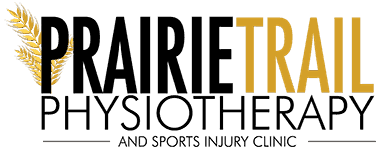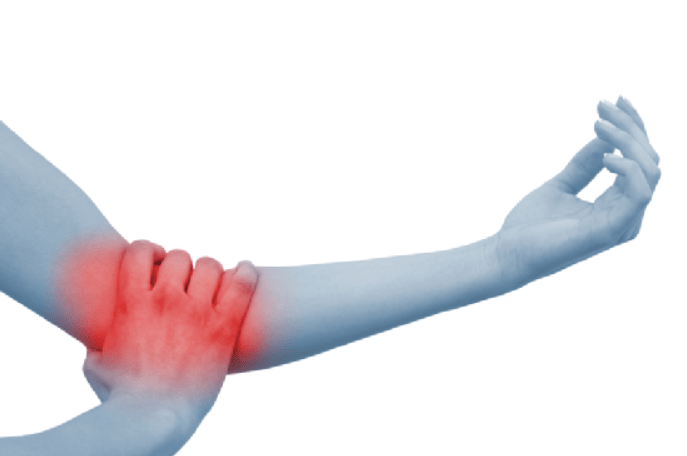Have you ever had an annoying pain in your elbow when you try to lift something as light as a coffee mug? With gripping activities? Shooting a hockey puck? Or even after raking up your whole yard filled with leaves?
Often elbow pain without major injury, specifically on the outside of your arm, is called tennis elbow or medically “lateral epicondylosis.” The onset can be gradual or not. This pain can radiate up or down the arm, cause the elbow to feel stiff and even affect motions of the wrist. This problem is often initially ignored, hoping that it will go away with the passage of time, or rest. Unfortunately, lateral epicondylosis is a diagnosis that doesn’t respond to “waiting it out” or rest. As a physiotherapist, I often see this problem managed incorrectly in its early stages resulting in longer healing times and unnecessary discomfort.
Lateral epicondylitis, or tennis elbow, involves the muscles and tendons of your forearm. On the inside of the elbow, this similar condition is called medial epicondylosis, or golfer’s elbow. Your forearm muscles extend to your wrist and fingers. Your forearm tendons, attach the muscles to the bone, the lateral or medial epicondyle. It is usually this area, on the bone, that the pain is notable.
A physiotherapist has the ability to assess, diagnose and treat this condition with great success. We can also refer our patients for medical management, like cortisone or other anti-inflammatory medications, should it be deemed necessary by your doctor. Management for tennis elbow should include physiotherapy for strengthening exercises that load the tendon, stretching, bracing or taping. Our physiotherapists may also use ultrasound, muscle release, massage, dry needling, acupuncture and manipulation of the elbow. Since we are an active based physiotherapy clinic, expect to do your exercises in clinic so that you can easily reproduce them at home and not waste any time getting back to your desired activity or sport.

